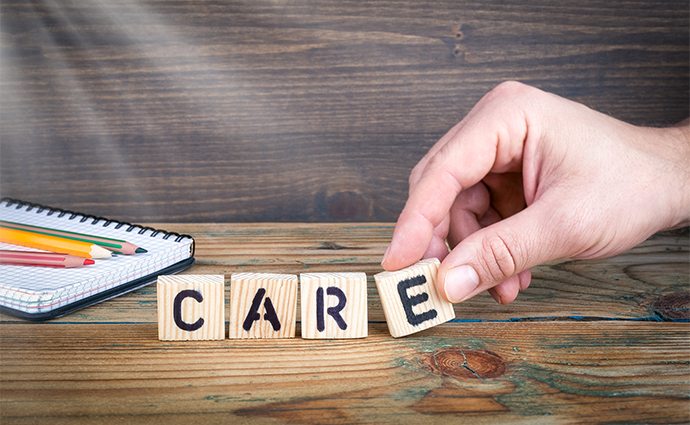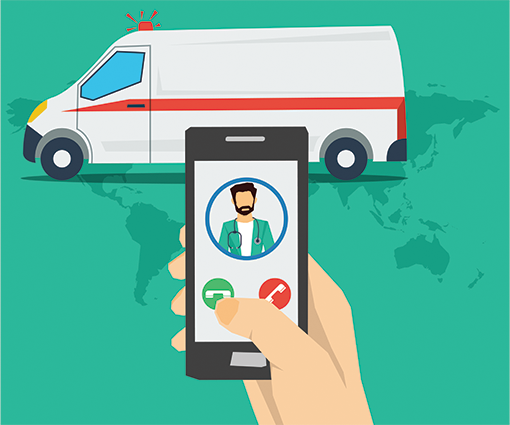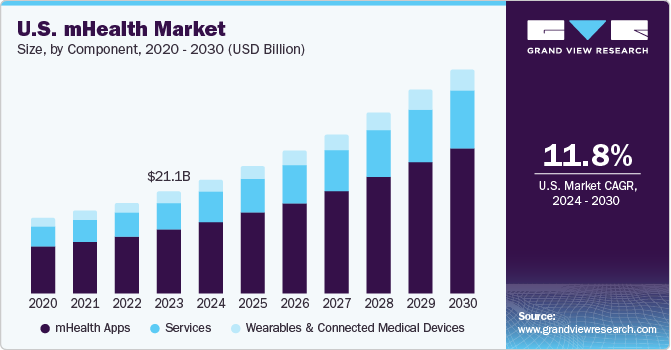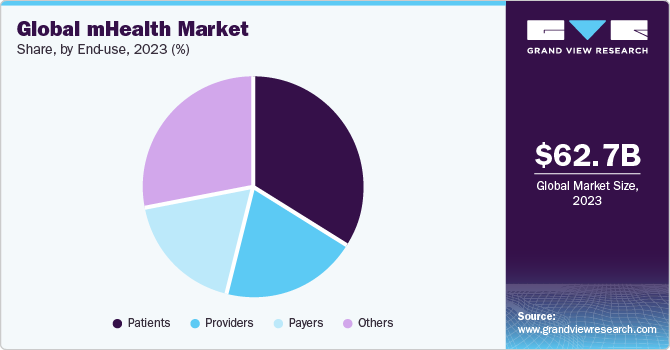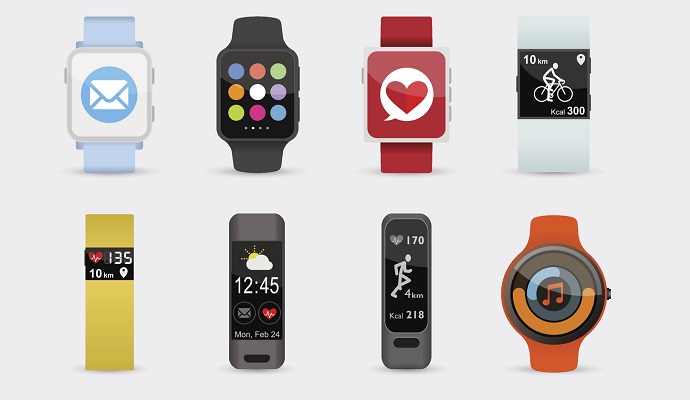SPONSOR: CardioComm Solutions (EKG: TSX-V)
– The heartbeat of cardiovascular medicine and telemedicine. Patented
systems enable medical professionals, patients, and other healthcare
professionals, clinics, hospitals and call centres to access and manage
patient information in a secure and reliable environment.
Mhealth Tools Help Providers Access Data When They Most Need It
Healthcare providers are using mHealth platforms to access and
transmit vital health data from the field – including accident sites,
homes and ambulances – back to the ED, and vice versa.
- Moving forward (literally), telehealth advocates see ambulances and
other rescue vehicles as more than transportation, but rather,
extensions of the hospital. Armed with mHealth and telemedicine
technology, they can replicate the ED and begin treatment long before
the patient transfers into the hospital
- With mobile devices like smartphone, tablets, laptops and even wearable devices
that can gather and transmit information at a moment’s notice, health
systems are finding new ways to improve care in the field, whether it be
an accident site, someone’s home or the ambulance.
By Eric Wicklund
November 27, 2019 – Healthcare providers are finding that mHealth can
help them better prepare for and treat critical care patients coming
into their Emergency Department
At King’s Daughters Medical Center in Brookhaven, MS, first responders are using an mHealth platform
from DrFirst called Backline, which enables them to scan the barcode on
a patient’s driver’s license to access six months’ worth of medication
history. The tool gives EMS providers a better understanding of the
healthcare needs of a patient, especially one who’s unconscious or
unable to remember his or her medication history.
“You can’t get a history from a patient who isn’t responsive,†says
Lee Robbins, director of emergency medical services at the 99-bed
community hospital. “In the past, we could only get information from
(patients) who are awake or are willing to give us that information.
Knowing this information gives us a much better chance at a good
outcome.â€
In addition, EMS providers can use the connected health platform to
send that data back to the hospital, giving ED and trauma staff a better
idea of what that patient will need. That’s valuable time they can use
to update the patient’s chart or order tests, such as CT scans or
electrocardiograms.
“Time is very important – minutes or even seconds can have an impactâ€
on a patient’s life, says Robbins, who would like to see tools like
this integrate with the hospital’s EMR platform and include real-time
communication between first responders and the hospital.
At Montefiore St. Luke’s Cornwall Hospital in Newburgh, NY, meanwhile, care providers are using an mHealth app called PreDX
to get alerts on opioid abuse outbreaks in their community. When a
number of overdoses or other data points is detected in a cluster by the
platform, they’ll know to alert and prepare first responders as well as
the ED.
“If we get that information on the front line, then we can mobilize,â€
says Kathleen Sheehan, the hospital’s director of emergency and trauma
services. “It gives us a better chance to respond to an emergency and
treat these people more quickly.â€
With mobile devices like smartphone, tablets, laptops and even wearable devices
that can gather and transmit information at a moment’s notice, health
systems are finding new ways to improve care in the field, whether it be
an accident site, someone’s home or the ambulance.
But as with all other telehealth programs, the key lies in making
sure the right information is gathered and sent to the right recipient.
Information on opioid abuse or disease outbreaks will only help
providers if they know what outbreak to address, and medication data
sent from the ambulance to the ED will help providers if that medication
history has a chance of interfering with care.
For example, a male patient being transported to a hospital might not
readily admit that he’s taking Viagra or Cialis, yet those medications
contain sildenafil and tadalafil, which could cause one’s blood pressure
to drop excessively if a paramedic uses nitroglycerin to treat chest
pain. A quick scan of the patient’s medication history would prevent
that from happening.
Moving forward (literally), telehealth advocates see ambulances and
other rescue vehicles as more than transportation, but rather,
extensions of the hospital. Armed with mHealth and telemedicine
technology, they can replicate the ED and begin treatment long before
the patient transfers into the hospital.
“Any tool that we can use that improves patient safety, care quality and patient experience is a positive,†says Robbins.
Source: https://mhealthintelligence.com/news/mhealth-tools-help-providers-access-data-when-they-most-need-it




